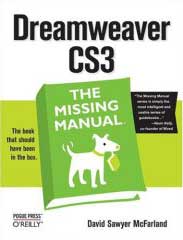
This book written by Robert Skrob in conjunction with Entrepreneur Press is an excellent guide for those wishing to incorporate information marketing into their business model. It is presented as a step-by-step guide to success in launching and nurturing an information marketing business. The book's author has spent 12 years marketing products, newsletters, and seminars to 32 different business and professional occupations. He generates millions of dollars a year in subscription income and meeting registrations. In 2004 he worked with a group of info-marketers to create the Information Marketing Association, the trade association for the industry.
Entrepreneur Press (EP) is an arm of Entrepreneur Magazine. EP publishes books regularly on the subject of business start-up and success. Entrepreneur Magazine is published monthly and is seen as a handbook for small to medium businesses and a guide to those in the start-up stage of their business, providing inspiration and tips for avoiding mistakes and realizing goals.
One strong aspect of the book is the fact that each chapter is a compilation of information contributed by a specific information marketing expert who provides their best tips on a particular aspect of launching a successful information marketing business. This gives you access to 100 years of combined experience in the business. Another is that the information the reader gains details not only WHAT to do but HOW to do it. This short book of 156 pages is filled with case studies, outlines, financial tips, resources, and a glossary of terms. Learn about such subjects as:
- Replacing Manual Labor by "Multiplying Yourself" and Leveraging What You Know
- Protecting Your Information Marketing Business
- Financing Your Information Marketing Business
- Simple and Easy Strategies for Creating Products You Can Sell For Years
- The Five Keys to Effectively Marketing Your Business
- How to Sell Your Information Product Online or Offline
- Getting the Lifestyle And Income Of Your Dreams By Using Joint Ventures
- Maximizing Online Info-Product Sales
- Using E-zines As A Fast And Practically Free Way to Sell More Info Products Online
- An Alternative To Professional Publishers
- Build A Coaching Program From Scratch
- Speed Implementation
- Info-Marketing Resources



